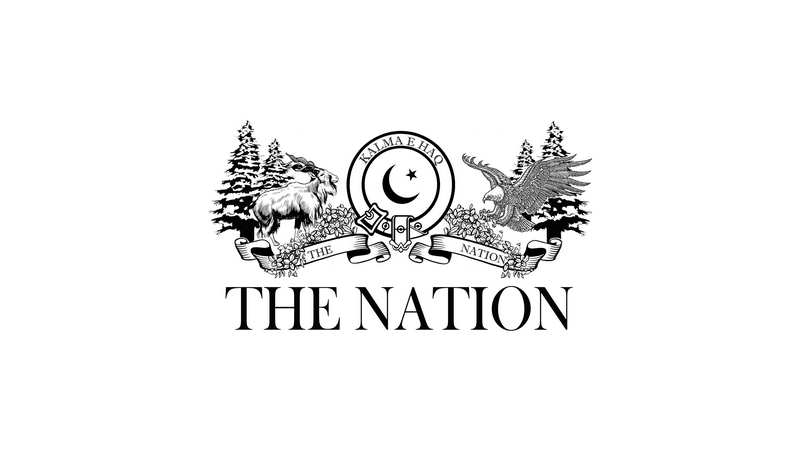As of March 2024, Pakistan’s total installed electricity capacity stood at 42,131 MW, with hydel, nuclear, renewable, and thermal sources contributing 25.4%, 8.4%, 6.
8%, and 59.4%, respectively. Despite this diverse energy mix, independent power producers (IPPs) generate half of the country’s electricity and are widely regarded as a primary cause of high electricity costs.

IPPs have become a significant economic burden, as all of them operate thermal plants. Under the initial agreements, the government committed to paying IPPs in US dollars based on plant capacity, regardless of whether the electricity was utilised. Subsequent agreements only worsened the situation by further increasing both per-unit costs and capacity payment obligations.
As a result, consumers now pay between Rs2.5 trillion and Rs2.8 trillion annually to IPPs that do not produce a single unit of electricity yet continue to receive substantial payments due to flawed contracts.
Allama Iqbal Express derails near Kotri, no casualties reported Twenty years ago, Pakistan faced severe load-shedding, with power outages lasting 10 to 15 hours daily. At the time, relying on IPPs seemed necessary to bridge the electricity gap caused by inadequate infrastructure. However, as the world rapidly transitions to renewable energy, Pakistan lags far behind, with only 6.
8% of its energy coming from renewables—a much lower share than in other developing countries. To rectify this, the government must actively promote solar panels and other renewable energy solutions. Given the staggering economic losses caused by IPPs, it is imperative for the government to audit capacity payments and consider shutting down plants that have been operational since 1994.
NABEEL BADR, Islamabad. Tags: burden pakistan.
Politics

Burden on Pakistan’s Economy

As of March 2024, Pakistan’s total installed electricity capacity stood at 42,131 MW, with hydel, nuclear, renewable, and thermal sources contributing 25.














